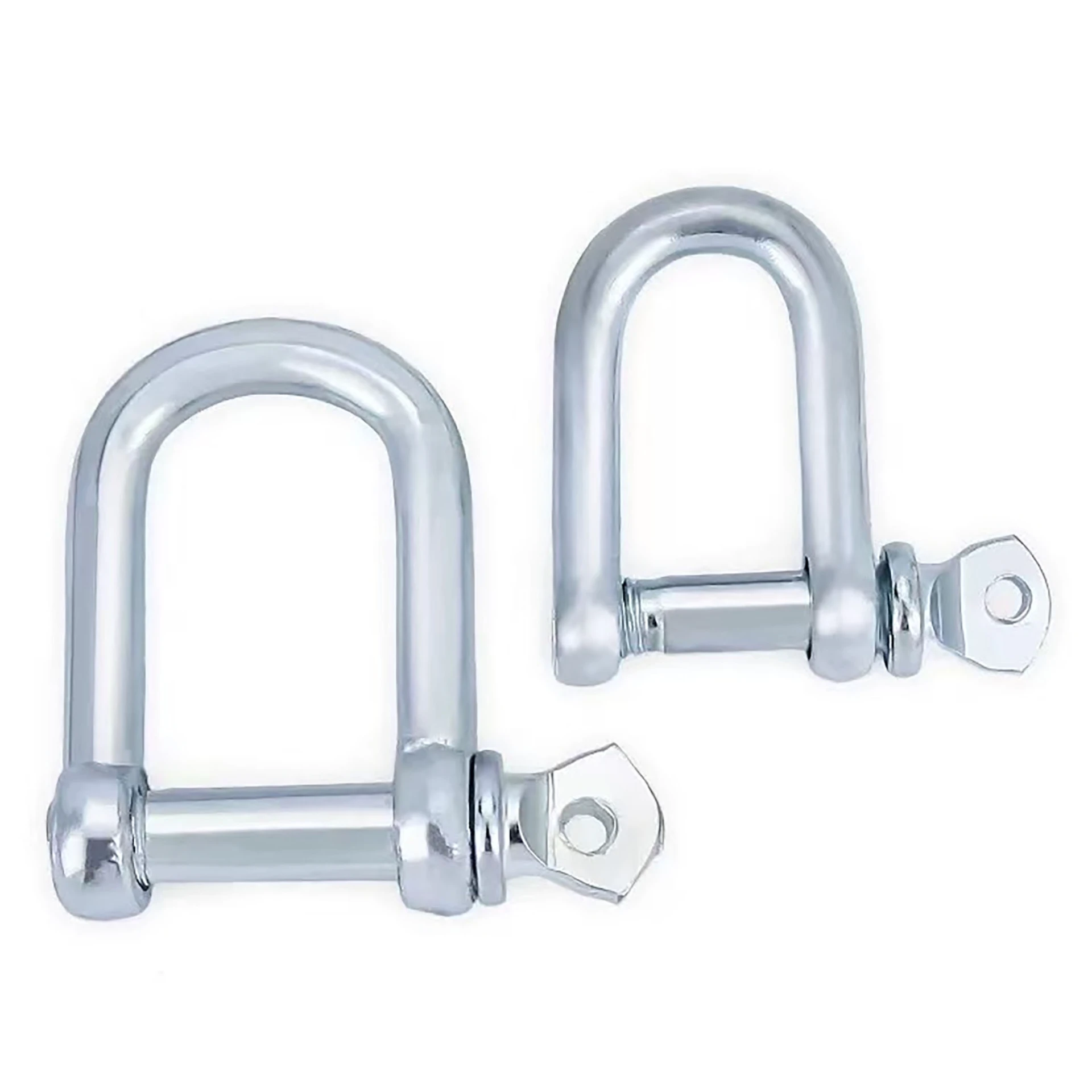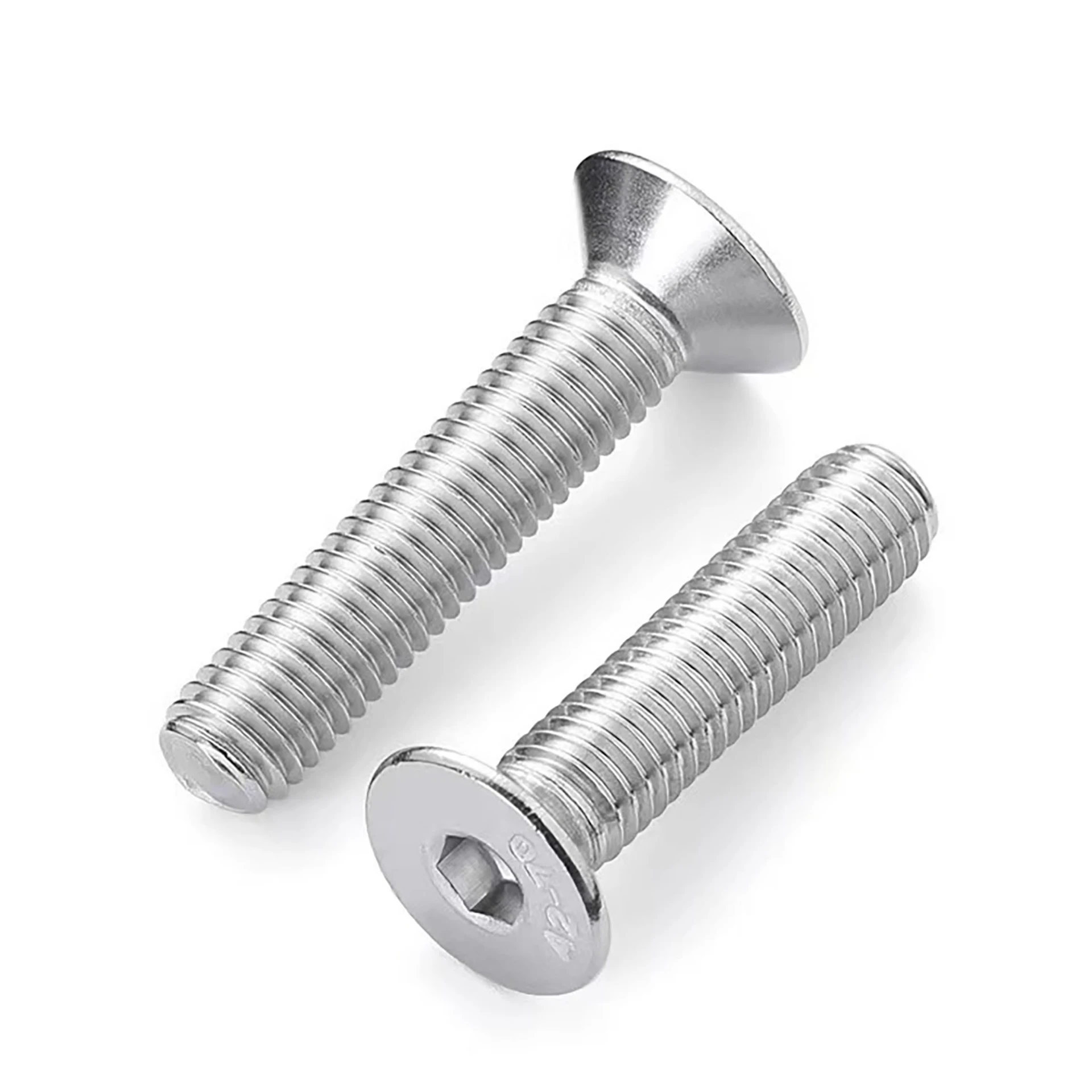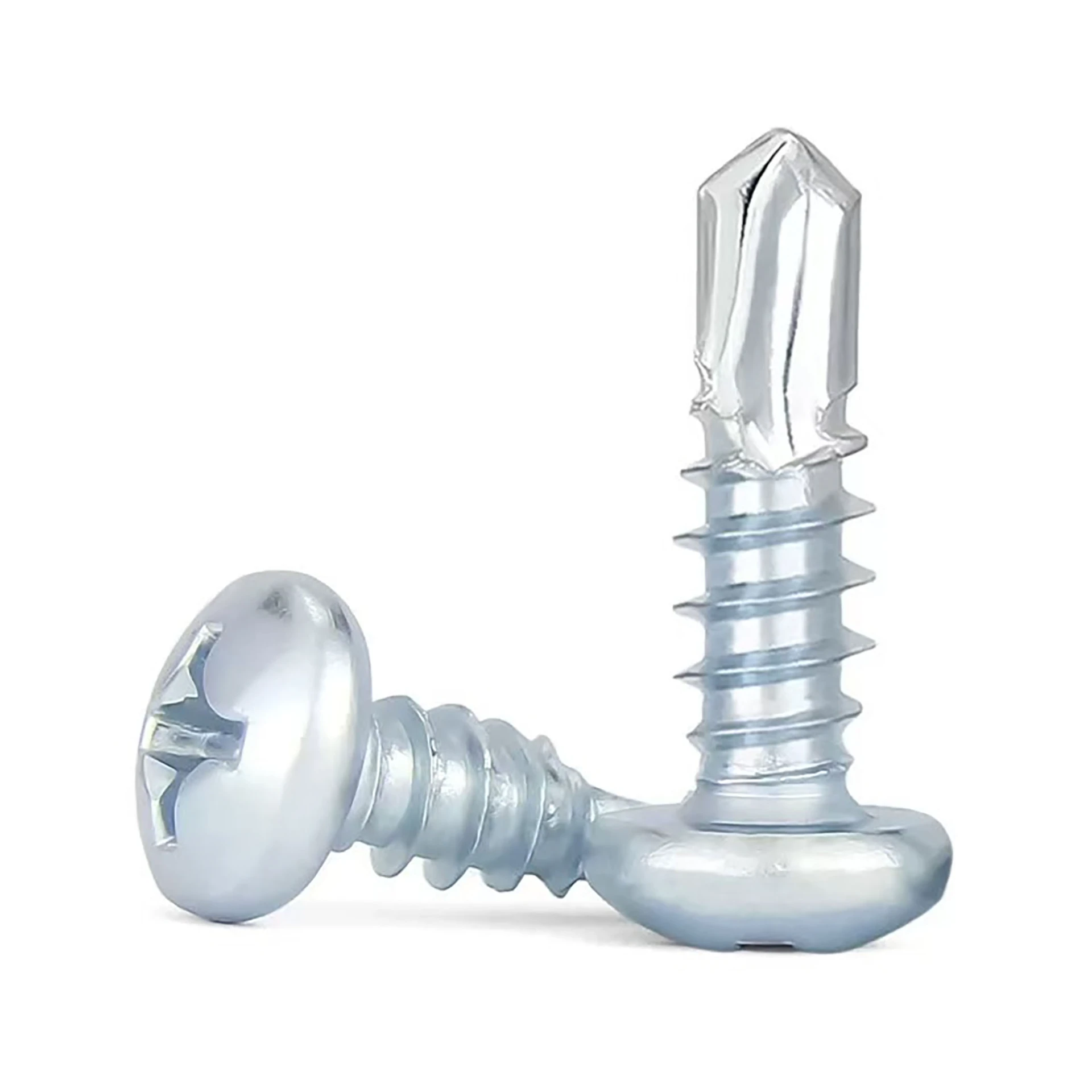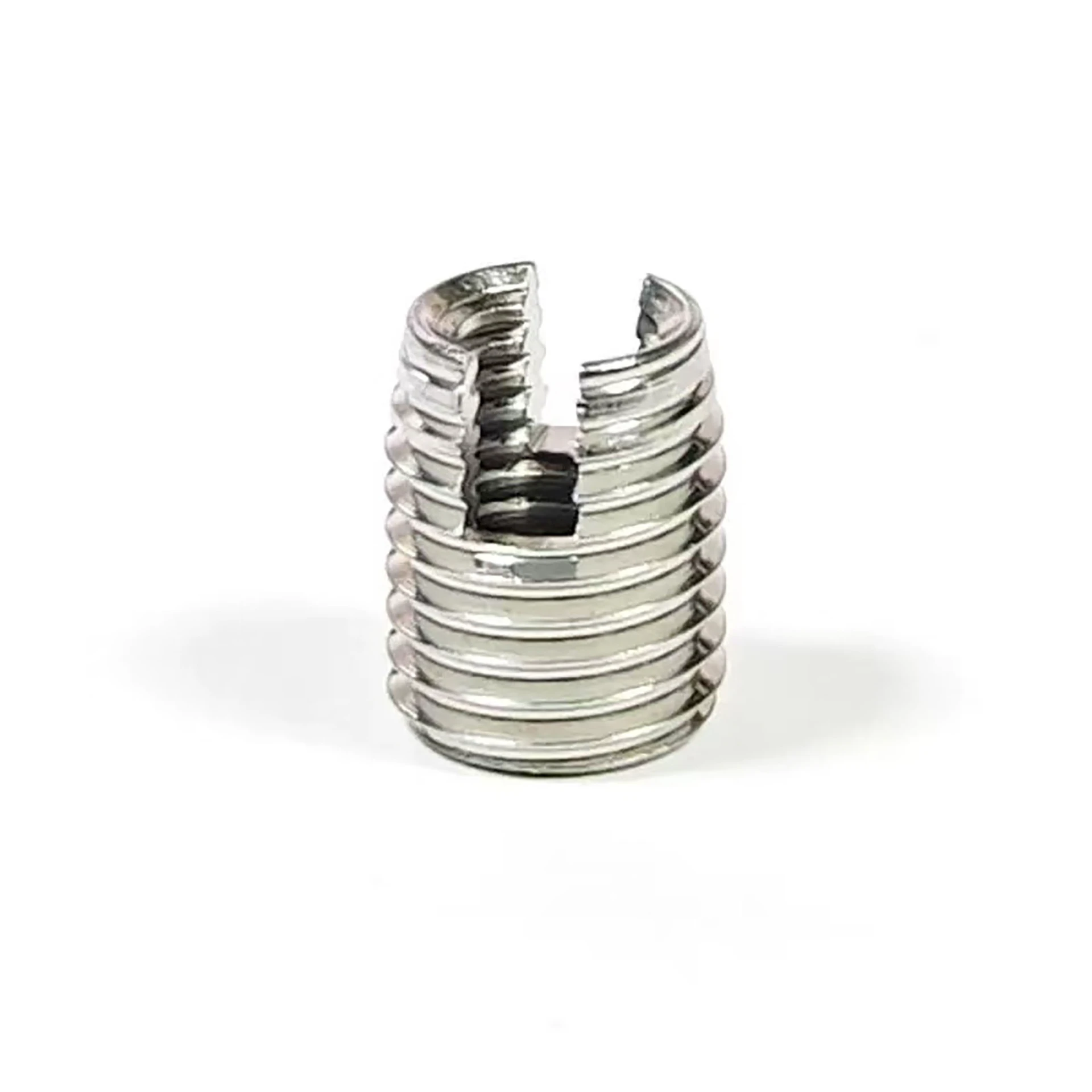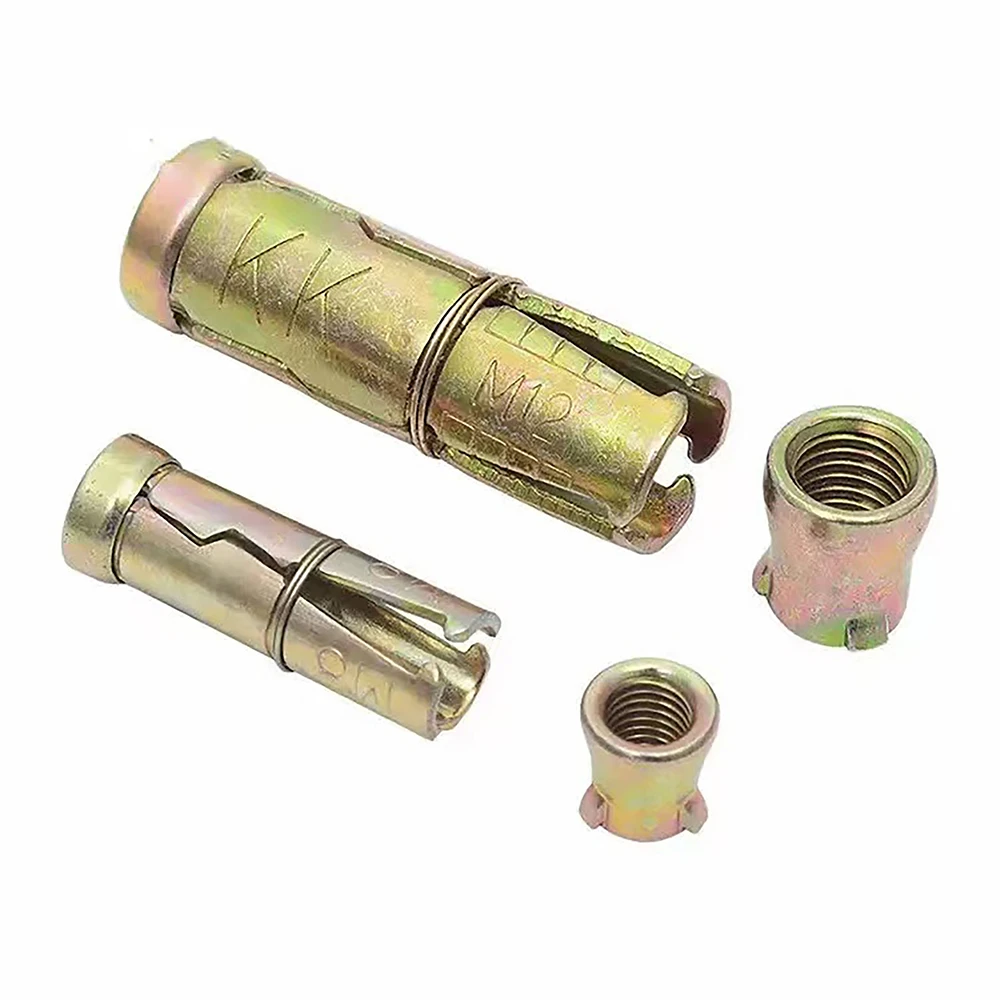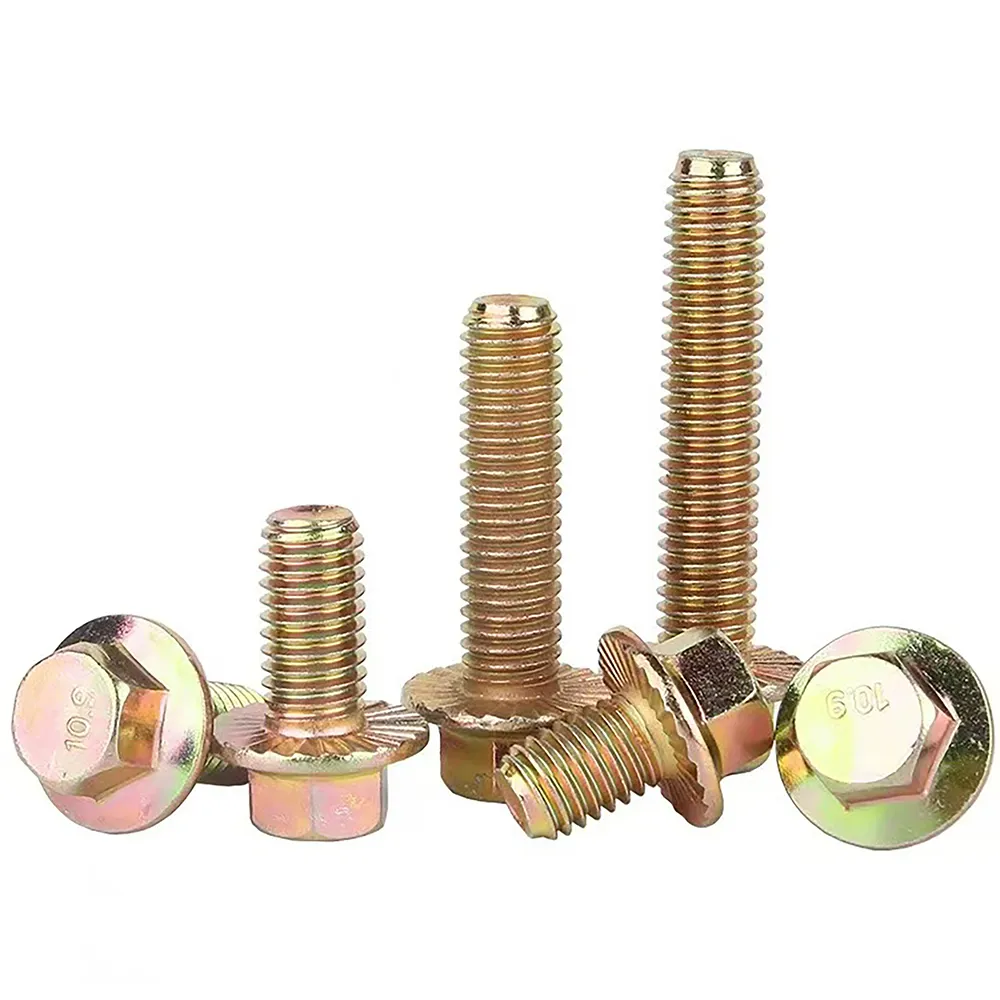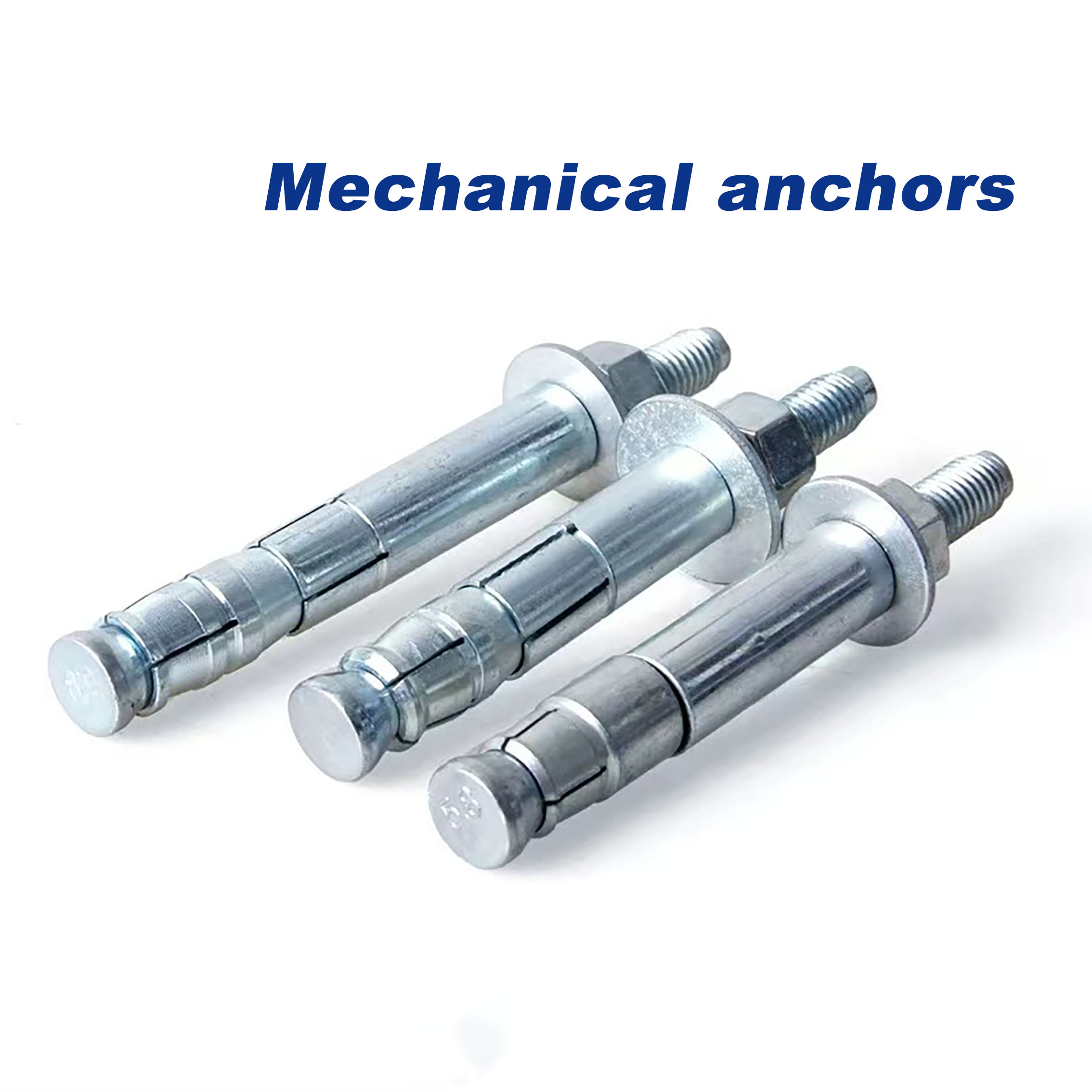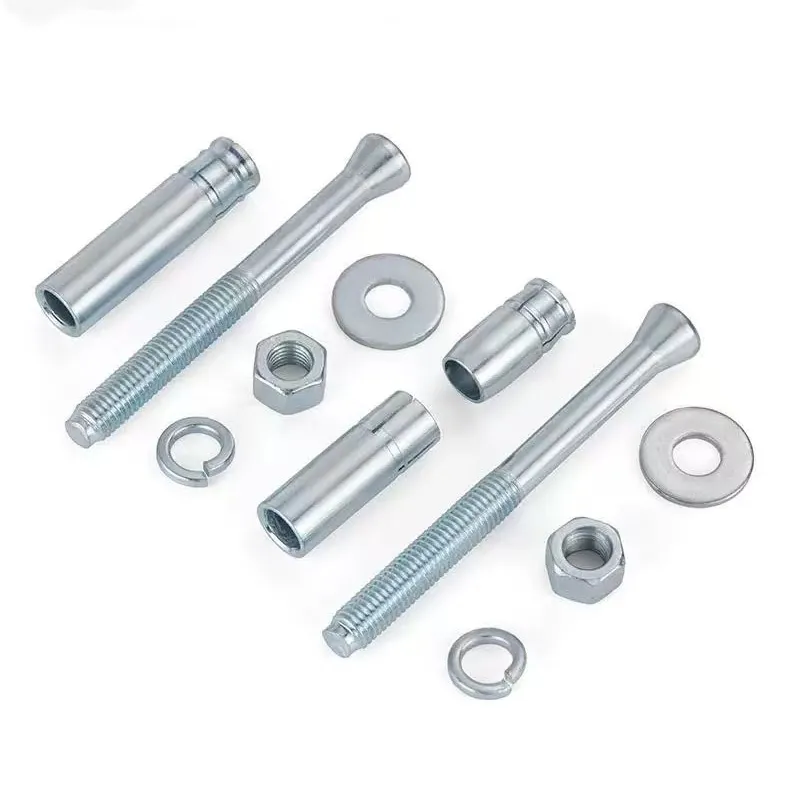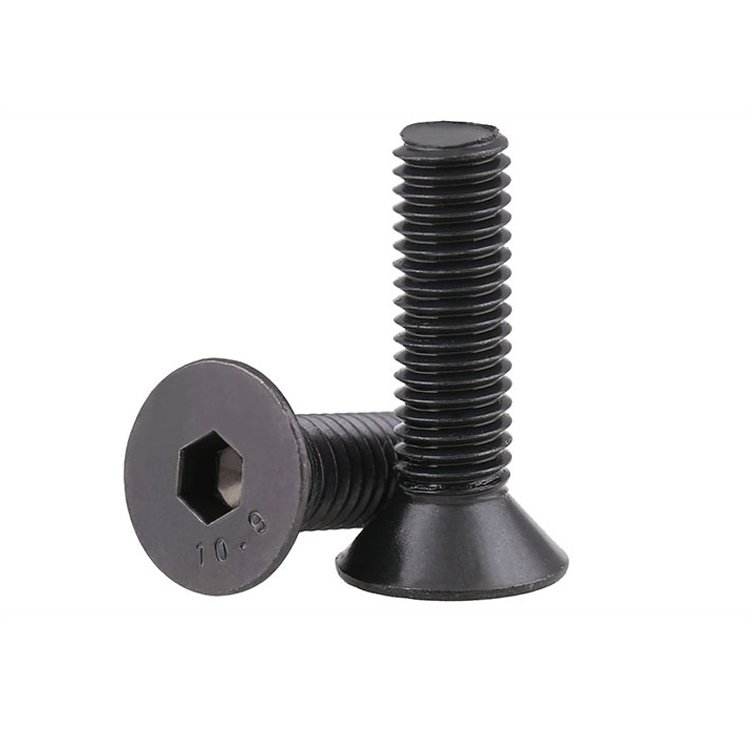Masonry Sleeve Anchor – Heavy-Duty, Corrosion-Resistant
Field notes on the Masonry Sleeve Anchor from a jobsite-obsessed editor
If you fix steel to brick or block for a living, you already know the small drama that unfolds around anchors: dust in the hole, torque that feels “almost there,” and whether that sleeve will bite the substrate properly. The product I’ve seen spec’d a lot lately—often under the straightforward name “Sleeve Anchor Bolts”—comes out of Hanguang Industrial Park, Yongnian District, Handan City, Hebei Province. And to be honest, supply reliability from this cluster has quietly improved in the last two years.
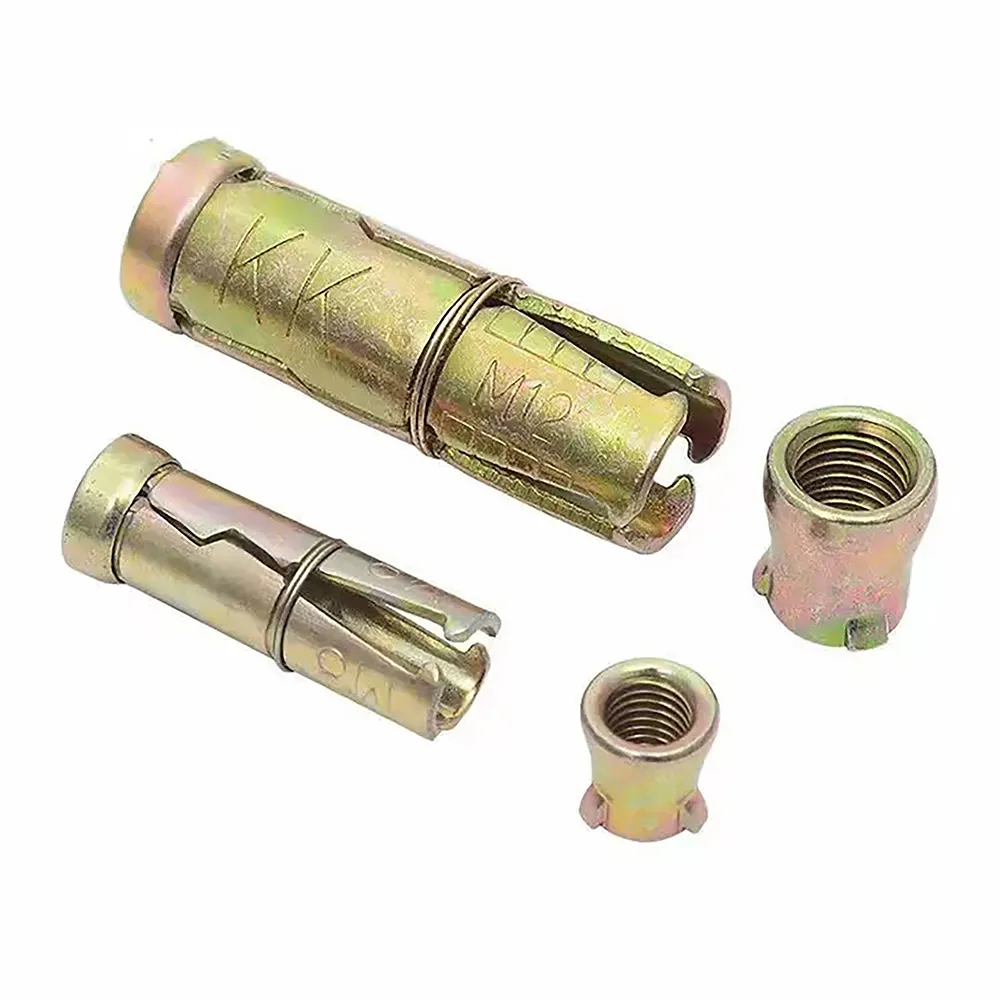
What’s trending
Two clear shifts: 1) corrosion upgrades (A2/A4 stainless and thick zinc) because exterior railings and rooftop MEP supports keep failing inspections; 2) traceable testing data tied to ACI/EN protocols. In fact, spec writers are asking for EN 1992-4 or ASTM E488 pull-out data far more often. Price matters, sure—but submittals and reliable torque-slip behavior are winning the day.
Core anatomy and materials
A Masonry Sleeve Anchor typically consists of a carbon-steel stud (thread-rolled), a conical expander, a split or full sleeve with knurling, and a hex/flange nut and washer set. Common materials: carbon steel grade 5.8/6.8 with ≥8–12 μm zinc plating, optional hot-dip galvanized, or stainless A2-304 / A4-316 for coastal jobs. Real-world service life: ≈5–10 years zinc-plated outdoors (site-dependent), 15+ for HDG, and 20+ for A4 stainless in moderate marine exposure.

Product specifications (selected, as shipped)
Brand line: Sleeve Anchor Bolts. Factory origin noted above. Below are common SKUs and indicative capacities; on-site performance may vary with base material strength and installation quality.
| Size | Qty/ctn | Drill Ø (mm) | Embed (≈mm) | Allow. tension (≈kN) | Allow. shear (≈kN) |
|---|---|---|---|---|---|
| M6 × 50 | 2000 | 8 | 35 | 0.9–1.1 | 1.2–1.5 |
| M6 × 80 | 1800 | 8 | 55 | 1.0–1.3 | 1.2–1.6 |
| M8 × 60 | 800 | 10 | 40 | 1.4–1.8 | 2.0–2.4 |
| M10 × 70 | — | 12 | 50 | 2.1–2.7 | 3.0–3.6 |
Tested in C20/25 concrete under lab conditions per ASTM E488 set-up; values are indicative only.
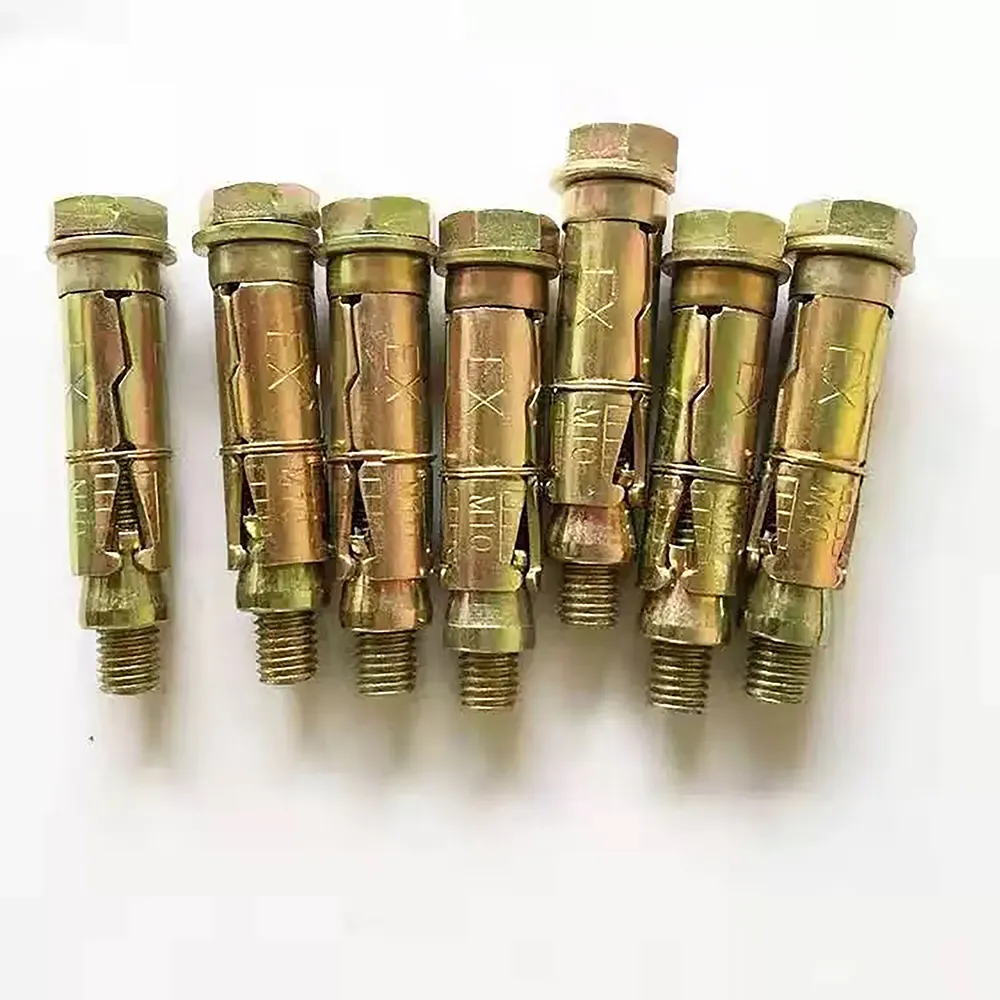
Applications and why crews pick them
- Light-to-medium loads in concrete, brick, and block: handrails, strut channels, signage, pipe clips, MEP brackets.
- Retrofit jobs where hole tolerances in old masonry are a bit, well, “creative.” The sleeve bridges gaps better than wedge anchors.
- Interior fit-out where flush finish and clean torque are preferred; Masonry Sleeve Anchor installs are forgiving.
Many customers say the biggest advantage is predictability: fewer spins in softer block and nicer torque feedback. I guess that’s why these keep showing up on punch lists.
Process flow and quality checks
Materials in, wire drawing → cold heading (stud/expander) → sleeve rolling/slotting → thread rolling → surface treatment (zinc, HDG, or stainless passivation) → assembly → torque verification → pull-out/shear tests (ASTM E488; ACI 318 Ch.17 design data if required) → salt spray (ISO 9227) for coated parts → packaging with traceable LOT. Certifications seen: ISO 9001; CE/UKCA on request with EN 1992-4 design data. Typical service life: see corrosion notes above; indoor installs last far longer.

Vendor comparison (real-world buyer notes)
| Vendor | Lead time | Test data | Coating options | Cost (≈) |
|---|---|---|---|---|
| FastenBoen (factory) | 2–4 weeks | ASTM/EN reports available | Zinc, HDG, A2/A4 | Low–mid |
| Regional distributor | Stock/next day | Basic | Zinc, some stainless | Mid |
| Premium EU brand | Stock/1–2 weeks | Extensive ETA/EN data | Full range | High |
Customization and a quick case
Custom sleeve knurling for hollow block, extended lengths (L ≥ 120 mm), and pre-assembled washers are common tweaks. One façade contractor told me their rail post schedule went faster after switching to a Masonry Sleeve Anchor with longer embed and A4 hardware—inspection passed first time, which, frankly, surprised everyone on site.
Installation tips (because it matters)
- Drill true-to-size, clean the hole (brush + blow), and avoid over-torque; sleeve anchors reward good housekeeping.
- Use manufacturer’s setting torque; check edge distances and spacing per ACI 318/EN 1992-4.
References
- ASTM E488/E488M – Standard Test Methods for Strength of Anchors in Concrete.
- ACI 318-19, Chapter 17 – Anchorage to Concrete (and ACI 355.2 qualification guidance).
- EN 1992-4:2018 – Design of fastenings for use in concrete.
- ISO 9227 – Corrosion tests in artificial atmospheres (salt spray tests).
Who We Are: The Right Fastener Partner for Global SMEs
Handan Boen Fastener Manufacturing Co., Ltd. (Est. 2010) specializes in producing standardized industrial fasteners, including bolts, nuts, washers, and other essential components. We provide cost-effective for small and medium-sized buyers in industries such as automotive parts, agricultural machinery, and construction.

